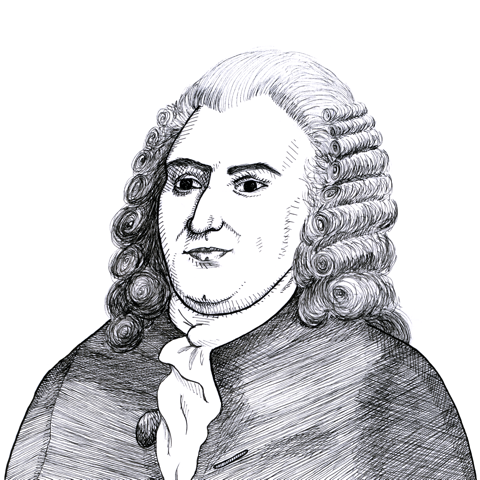
Mandeville on the social cooperation which is required to produce a piece of scarlet cloth (1723)
Found in: The Fable of the Bees or Private Vices, Publick Benefits, Vol. 1
The Anglo-Dutch doctor and writer Bernard Mandeville (1670-1733) was one of the first to note the extraordinary amount of social and economic cooperation which was required to produce something for sale on the market, in this case a piece of scarlet cloth:
Economics
What a Bustle is there to be made in several Parts of the World, before a fine Scarlet or crimson Cloth can be produced, what Multiplicity of Trades and Artificers must be employ’d! Not only such as are obvious, as Wool-combers, Spinners, the Weaver, the Cloth-worker, the Scourer, the Dyer, the Setter, the Drawer and the Packer; but others that are more remote and might seem foreign to it; as the Millwright, the Pewterer and the Chymist, which yet are all necessary as well as a great Number of other Handicrafts to have the Tools, Utensils and other Implements belonging to the Trades already named: But all these things are done at home, and may be perform’d without extraordinary Fatigue or Danger; the most frightful Prospect is left behind, when we reflect on the Toil and Hazard that are to be undergone abroad, the vast Seas we are to go over, the different Climates we are to endure, and the several Nations we must be obliged to for their Assistance.